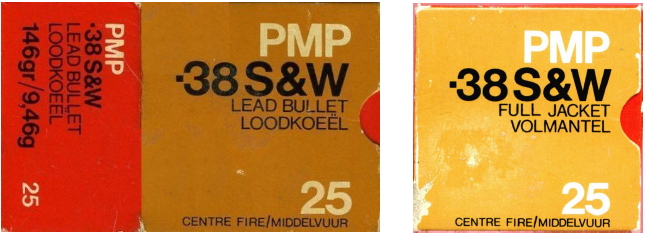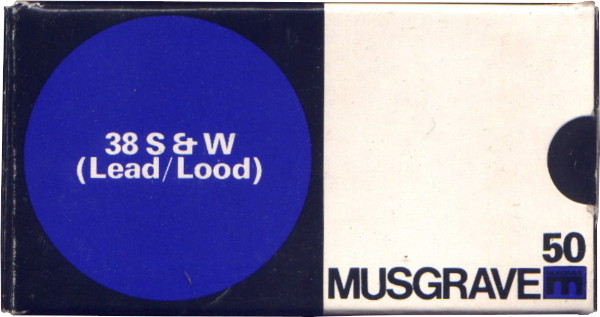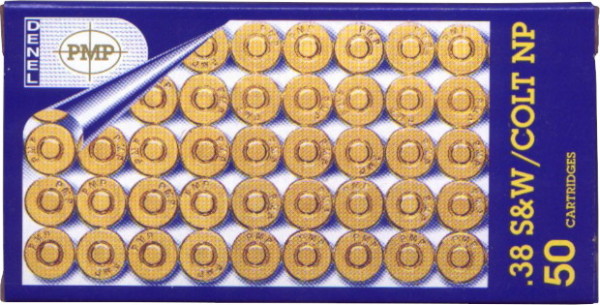On sheet 26 and 27 of Pamphlet 20 discussing the detail of South African manufactured cartridges from PMP and its predecessors, it is shown that the first headstamp on military production was by the SA Mint, with headstamp U 59. According to existing records and specimens, the first production however only occurred in 1960. The U (Union of South Africa) was only used by the Mint for two years on 38 S&W production, as South Africa gained independence from Britain on the 31st of May 1961. After that period, the headstamp style was changed to S.A.M (South African Mint), although South Africa still followed the British system with the caliber and mark number on the headstamp. There is a full discussion on the history of the early years of small arms manufacture in South Africa under the section discussing the 303 British and 7,62 NATO development.
















For the first period until mid to end June 1961, all existing stocks of cases headstamped U 61 were used up and then the newer SAM style was used. On the 1st of December 1964, the Mint was placed under the control of the Armaments Board and its designation changed to Pretoria West Metal Pressings. The SAM headstamp variation remained in use until October 1965, in all probability to use up all existing stocks, when the changeover to PMP was done, so there was an overlap period between SAM and PMP headstamps used during the latter part of 1965. No PMP dated round from 1964 has been observed. The bullet used was the standard 178 grain gilding metal jacket, but it was discontinued in 1969 and replaced by a bullet weighing 165 grains. The 165 grain was however only in use until February 1971, when the weight was changed to 145 gain and an ogive profile like the 9mm Luger.













As with the 303 British, South Africa used a variation of the British (L1A1) modelling system. With the introduction of the 165-grain bullet, the Mk. 2z designation was changed to reflect that and changed to A1, omitting the L1. The L1A1 system was however only used for the two-year period and when the bullet was changed to 145 grain, the R1M1 system was used as was standard on other military ammunition production. R denoted the Republic of South Africa (RSA) and 1 denoted the first model of the specific calibre. Any change that would affect the operational ability or efficiency would necessitate a change from R1 to R2 etc. M1 is the first mark of the specific model and any concession or deviation from manufacturing specification that was granted to a manufacturer but would not affect the operational efficiency of the design would then change the Mark from M1 to M2 etc. To date, no deviation from the original R1M1 designated have been noted. PMP dated headstamps remained in service until the end of 1972. The Armaments Development and Production Corporation (ARMSCOR) was founded in 1968 and the PMP factory was placed under ARMSCOR control and redesignated Pretoria Metal Pressings (Pty) Ltd. 1973 was also the year that the Model Number code was introduced together with a two-digit date.





The two specimens without headstamp dated from the period prior to 1969 as both were loaded with the original 178 grain bullet. The PMP 380 designation was introduced in 1969, as can be seen on early 38 Special ammunition as well, with the 380 changed to .38 in 1970. These specimens are all loaded with 165 grain lead as well as gilding metal jacketed bullets for commercial production.










1983 saw the most significant change in ammunition manufacture in South Africa. This change affected the whole spectrum of ammunition manufacturing, from small arms ammunition up to naval ammunition. Medium, large and naval ammunition fall outside the scope of this project, but for small arms the changes were that all markings were simplified to a year of manufacture and an abbreviated model number that replaced the old manufacturer monogram, year, caliber, model and code letter that denoted the role of ammunition used.


No production date for 38 S&W ammunition has been confirmed in 1983 yet, the first headstamp noted was during 1984. This was reportedly a contract for the old Transkei homeland that was situated in the Eastern Cape province of South Africa. This was for a standard ball round (R1M1). The second specimen is an unfinished case and carries the R4M1 designation, meaning that this would have been a blank loading.

 Chamber gauge
Chamber gauge
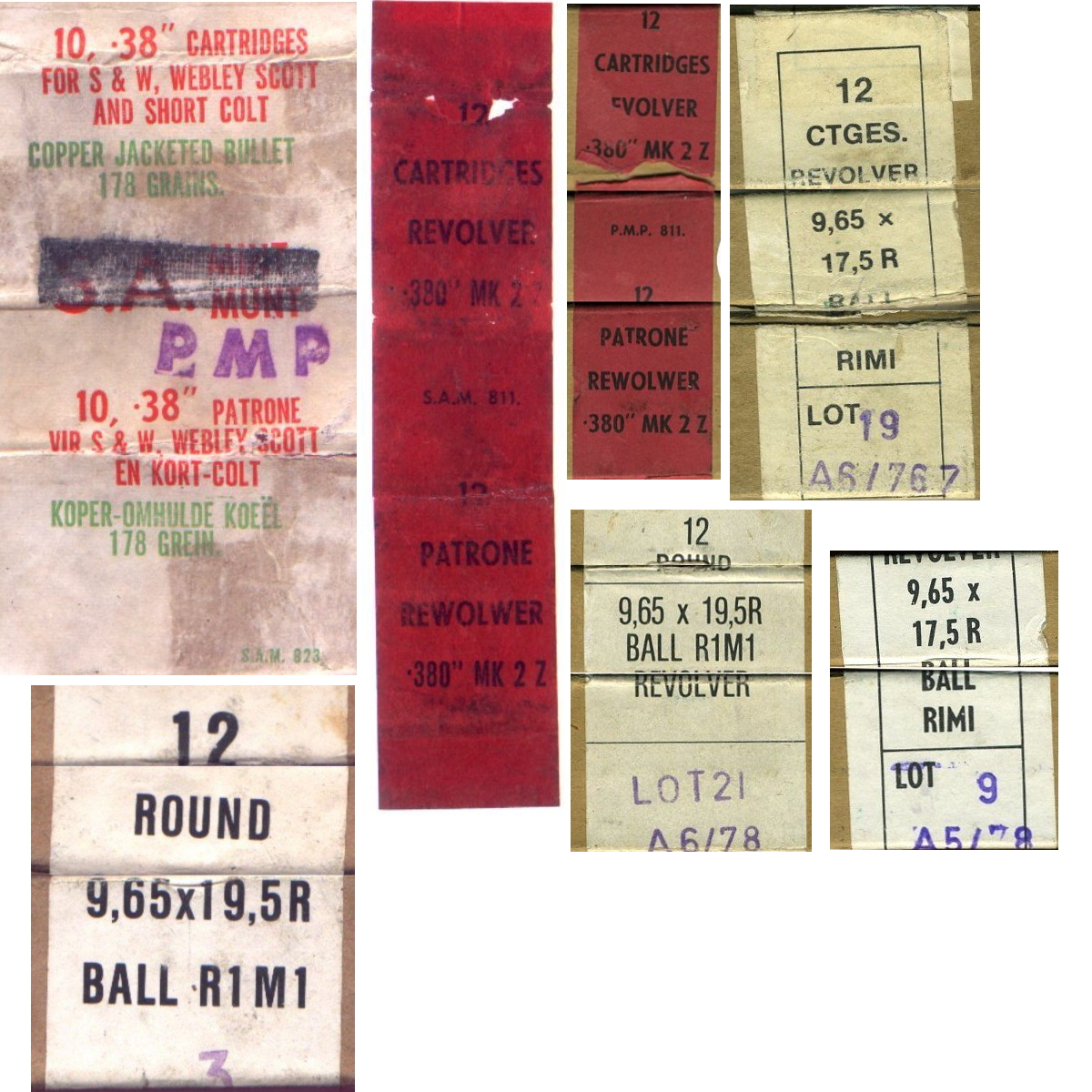
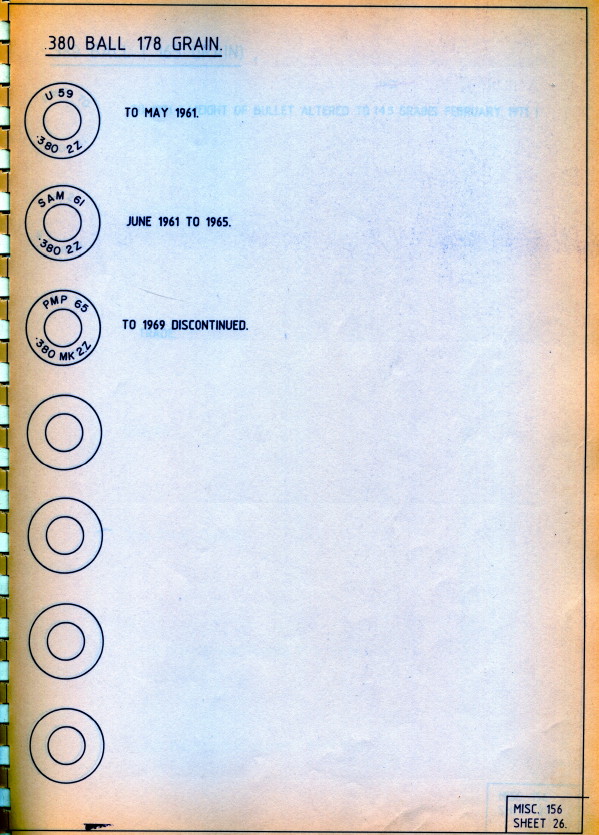
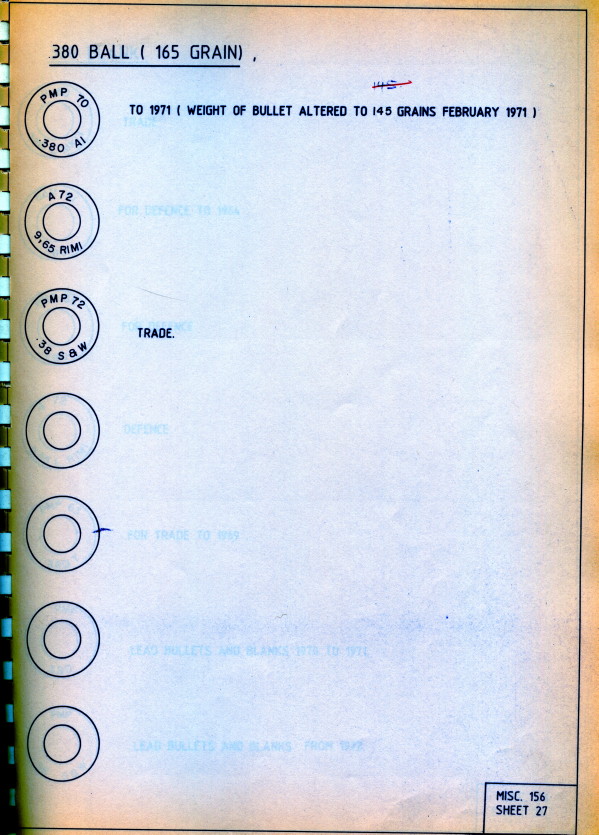
BLANK
In the beginning standard ball cases were used, but from 1965 – 1969 the T code was used, or ordinary cases loaded commercial were also used. On the A-series, the L designation denoting blank was used, although blanks for the 38 S&W were only made intermittently from the mid-1979’s onward.





















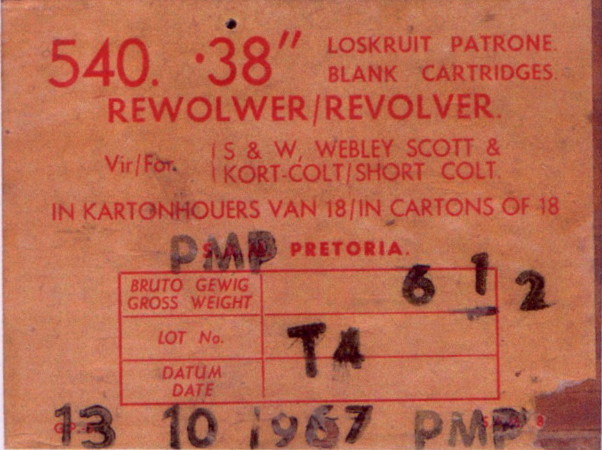
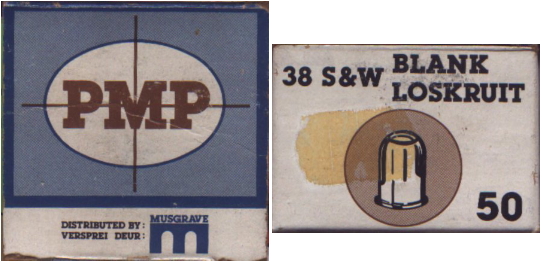
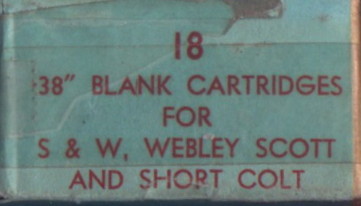

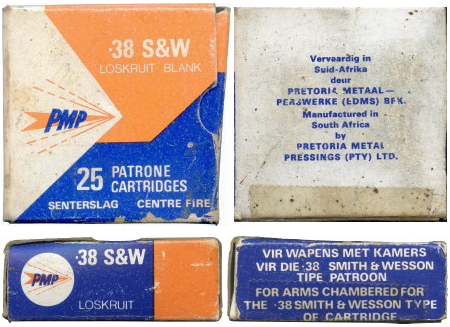

DRILL & DUMMY ROUNDS
Only one pattern of drill round is known from the early period and that was a chromed drill round with red primer pocket, no flash holes and a wood distance piece. On the early A-series a normal ball case (A 74) was used, and later a chromed drill round was again used with A 82 headstamp, with empty primer pocket and wood distance piece. The last specimen was on a commercial 38 S&W case with gilding metal bullet.




PROOF & REFERENCE
As with drill rounds, very few proof rounds were made, as all 38 S&W revolvers that were issued in South Africa were imported and as such, would already have been through the proofing process prior to being issued.




Again very few reference loads were made, and once out of the box it was virtually impossible to identify as reference loads did not carry any specific markings.
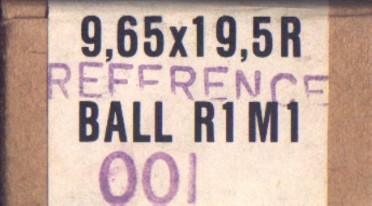
COMMERCIAL
Early manufacture of commercial loads used both lead as well as gilding metal jacket bullets. There was also the numbered headstamp series that was made in Austria during the sanction years.












